U.S. seal populations have rebounded — and so have their conflicts with humans
Alix Morris’s new book, A Year with the Seals, explores humans’ complicated relationship with these controversial marine mammals.
Every print subscription comes with full digital access

Humans have driven sharks and their cousins to the brink of extinction. The health of the entire ocean is at stake.
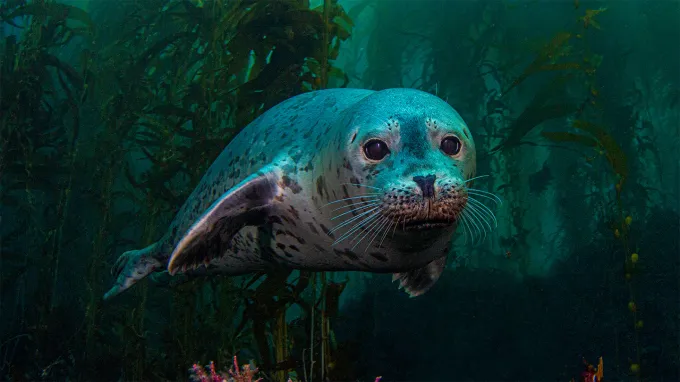
Alix Morris’s new book, A Year with the Seals, explores humans’ complicated relationship with these controversial marine mammals.
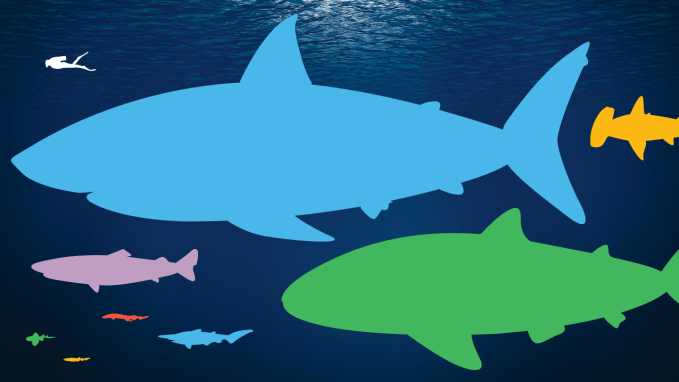
As Jaws celebrates its 50th anniversary, Science News explores the vast range of shark sizes, from megaladon to the dwarf lanternshark.
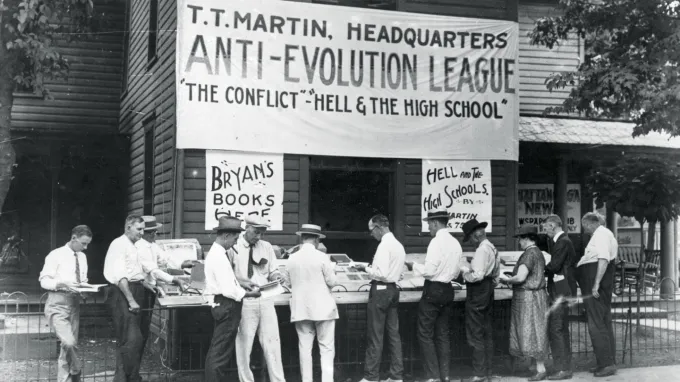
Since the Scopes trial in 1925, Science News has reported on legislative attempts to undermine the teaching of evolution.

Scientists and journalists share a core belief in questioning, observing and verifying to reach the truth. Science News reports on crucial research and discovery across science disciplines. We need your financial support to make it happen – every contribution makes a difference.

Concerts, fireworks and other hallmarks of summer can hurt your hearing long-term. But there are safe ways to enjoy them.

It's not quite as bad as The Last of Us. But progress has been achingly slow in developing new antifungal vaccines and drugs.
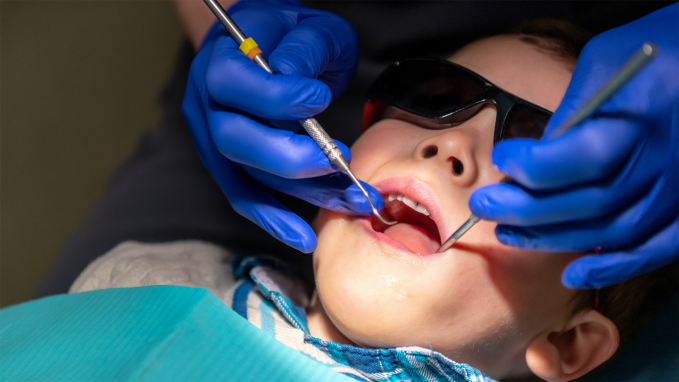
As calls to end fluoride in water get louder, changes to the dental health of children in Calgary, Canada, and Juneau, Alaska, may provide a cautionary tale.
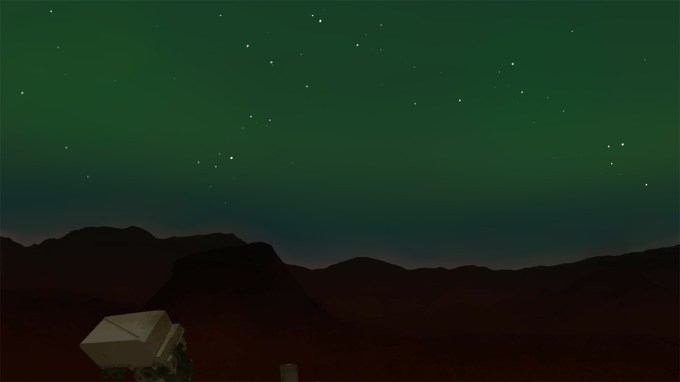
A faint yet visible Martian aurora is the first instance of the phenomenon spotted from another planet's surface.
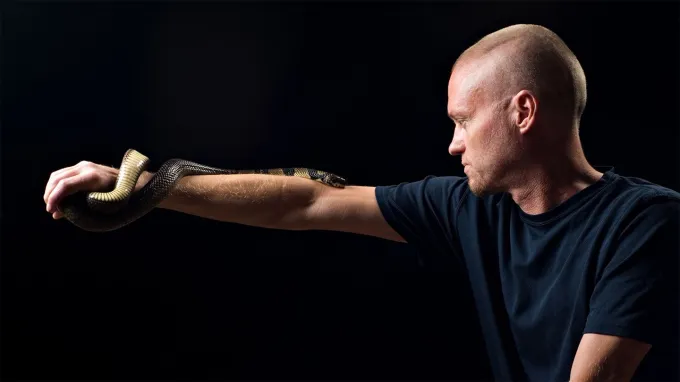
A new antivenom relies on antibodies from the blood of Tim Friede, who immunized himself against snakebites by injecting increasing doses of venom into his body.

Water drops produce electricity when dripped through a small tube. That power might be harnessed as renewable energy in rainy places.
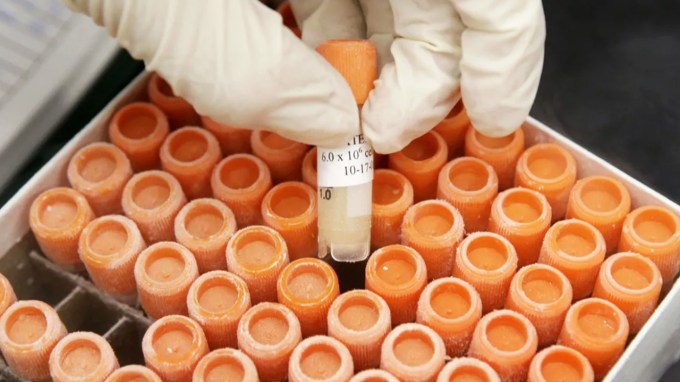
The phase I clinical trials showed stem cell transplants for Parkinson’s disease appear to be safe and might restore dopamine-producing brain cells.

Bulky molecules mimic some properties of PFAS without their long-lasting chemical bonds and could replace PFAS in some water-repelling applications.

Astronomers now agree: They’ve spotted the first isolated stellar-mass black hole ever seen.
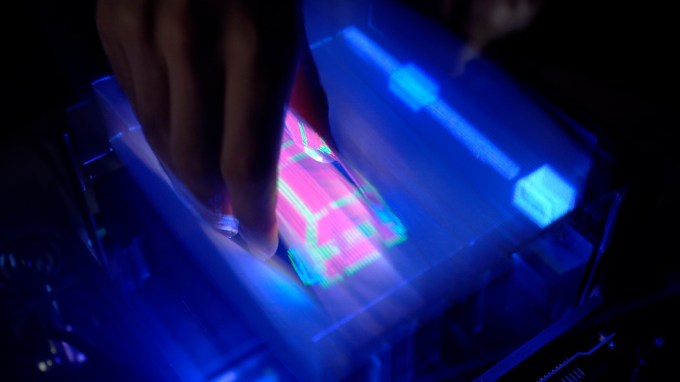
These hands-on displays might be used to create more immersive video games, educational tools and museum exhibits.
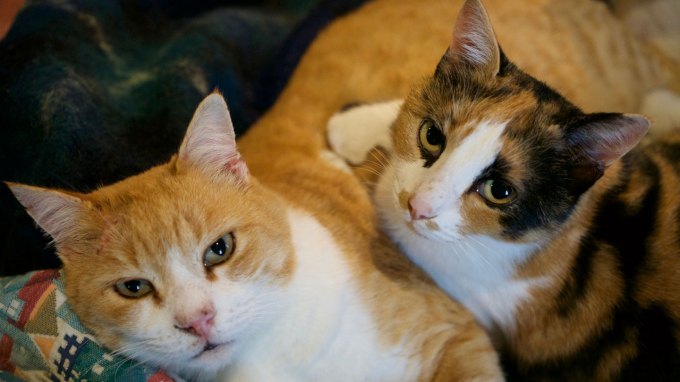
Researchers found the gene and genetic variation behind orange fur in most domestic cats, solving a decades-long mystery.
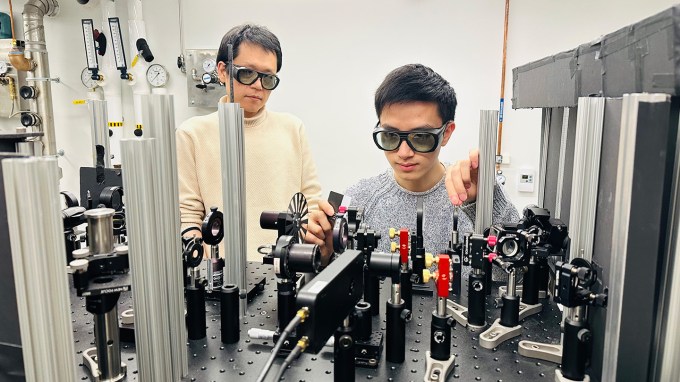
A long-elusive, hypothetical subatomic particle called the axion can be simulated and potentially detected in a type of thin material.
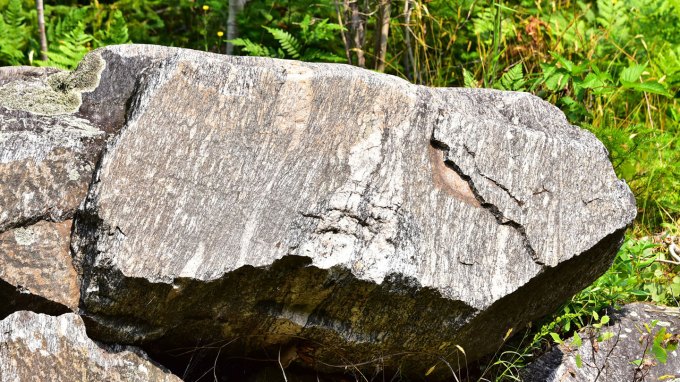
More than just a cool bit of trivia, the finding raises questions about our understanding of Earth’s history.

The diabetes and weight loss drug semaglutide reversed liver scarring and inflammation. It’s among several drugs in the works for the condition MASH.
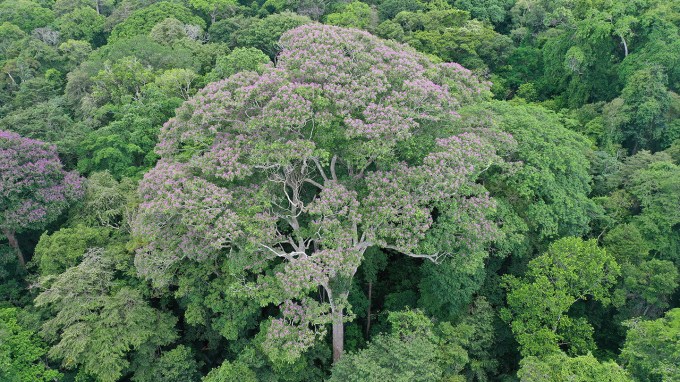
Though being struck by lightning is usually bad, the tropical tree Dipteryx oleifera benefits. A strike kills other nearby trees and parasitic vines.
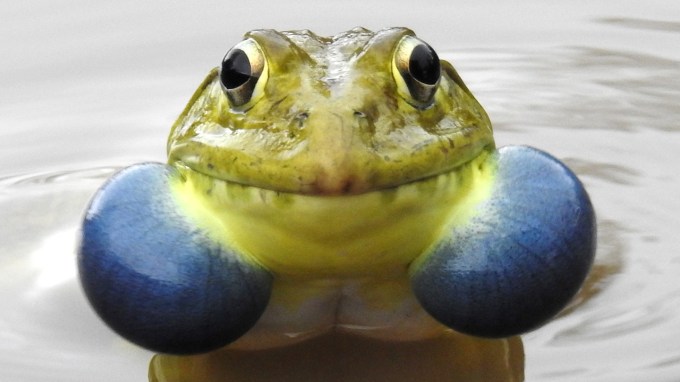
Shape matters as well as size in the great range of male frog show-off equipment for competitive seductive serenades.
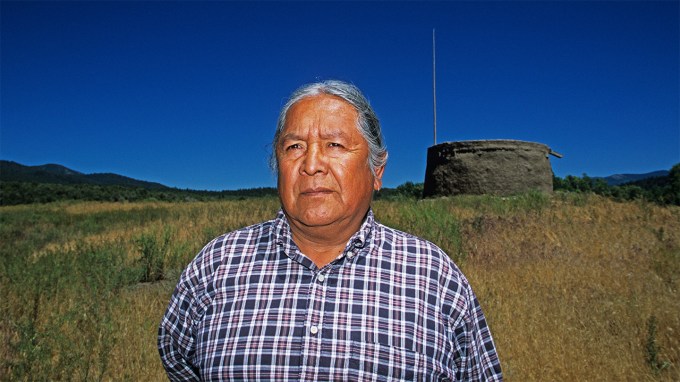
DNA supports modern Picuris Pueblo accounts of ancestry going back more than 1,000 years to Chaco Canyon society.
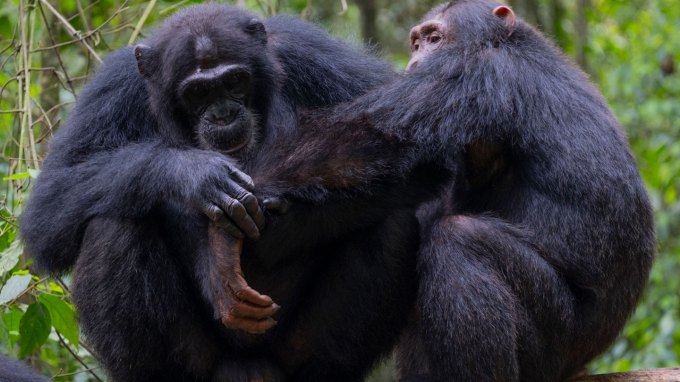
A study in Uganda shows how often chimps use medicinal plants and other forms of health care — and what that says about the roots of human medicine.
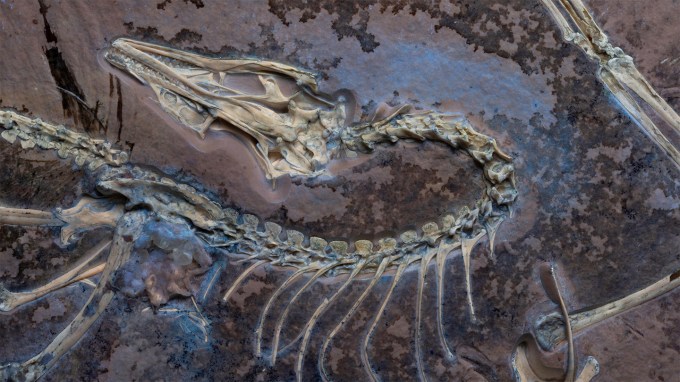
Analyses unveiled never-before-seen feathers and bones from the first known bird, strengthening the case that Archaeopteryx could fly.

Atomic Dreams explores nuclear energy's future in the U.S. through the history of Diablo Canyon, California's last operational nuclear power plant.
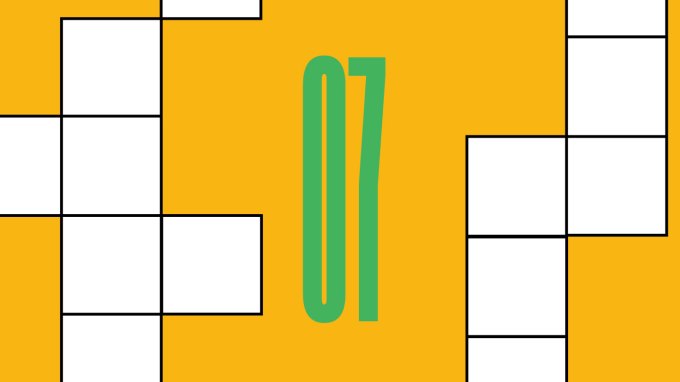
Solve our latest interactive crossword. We'll publish science-themed crosswords and math puzzles on alternating months.
Subscribers, enter your e-mail address to access the digital replica edition.